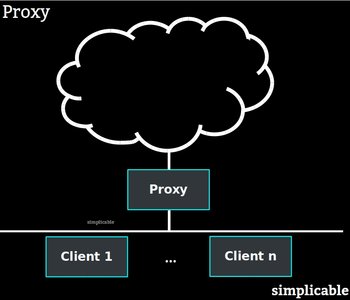
Measurement
Network throughput is commonly measured with the following units.Notation | Term | Speed |
Gbps | gigabits per second | billion bits per second |
Mbps | megabits per second | million bits per second |
Kbps | kilobits per second | thousand bits per second |
Upload vs Download
An upload is data that travels from your connection out. A download is data that travels inbound to you. It is common for upload throughput and download throughput to be very different. Home internet connections may have upload speeds capped at a relatively low bandwidth to prevent home users from using their connection as a server.Throughput vs Bandwidth
Bandwidth is a maximum data transfer rate based on the capabilities of your equipment and connection. Throughput is the actual data transfer rate. Normally throughput is lower than bandwidth. When a network is busy or experiencing errors, throughput can be significantly lower than bandwidth.Throughput vs Latency
Latency is the time it takes for a network request to receive an initial response. This can be thought of as travel time whereas throughput is travel capacity. If your network connection was an airplane, latency is the time to get to your destination and back. Throughput is the number of passengers and amount of luggage the airplane can carry.Monitoring
There are many tools available to monitor your current network throughput. In many cases, these tools are built into an operating system and are installed by default. For example, your current throughput may be displayed if your view your connection or connection adapter on some devices. In order to measure your maximum throughput, it is necessary to make your connection extremely busy by downloading many things at the same time. There are websites and apps available that can use up your connection and estimate your throughput.Low Throughput
There are several common reasons for a low throughput rate:InfrastructureLow bandwidth connections due to the limitations of infrastructure. Bandwidth CapYour bandwidth may be capped by your internet provider.Quality of ServiceYour internet provider may prioritize some types of traffic on your network and slow down other types of traffic. This strategy is often referred to as "quality of service" or "service levels" by telecom firms. This may be restricted by net neutrality rules, depending on your location.LoadA network that is busy typically has lower throughput. As such, your internet connection may have low throughput during peak hours.ErrorsNetworks experiencing errors such as lost packets will have reduced throughput.Information SecurityIf your internet connection is slow but a monitoring tool indicates you are using a great deal of bandwidth, malicious or broken software on your device may be using up your connection.| Overview: Network Throughput | ||
Type | ||
Definition | The data per second that can be transferred by a network connection at a point in time. | |
Related Concepts | ||




























